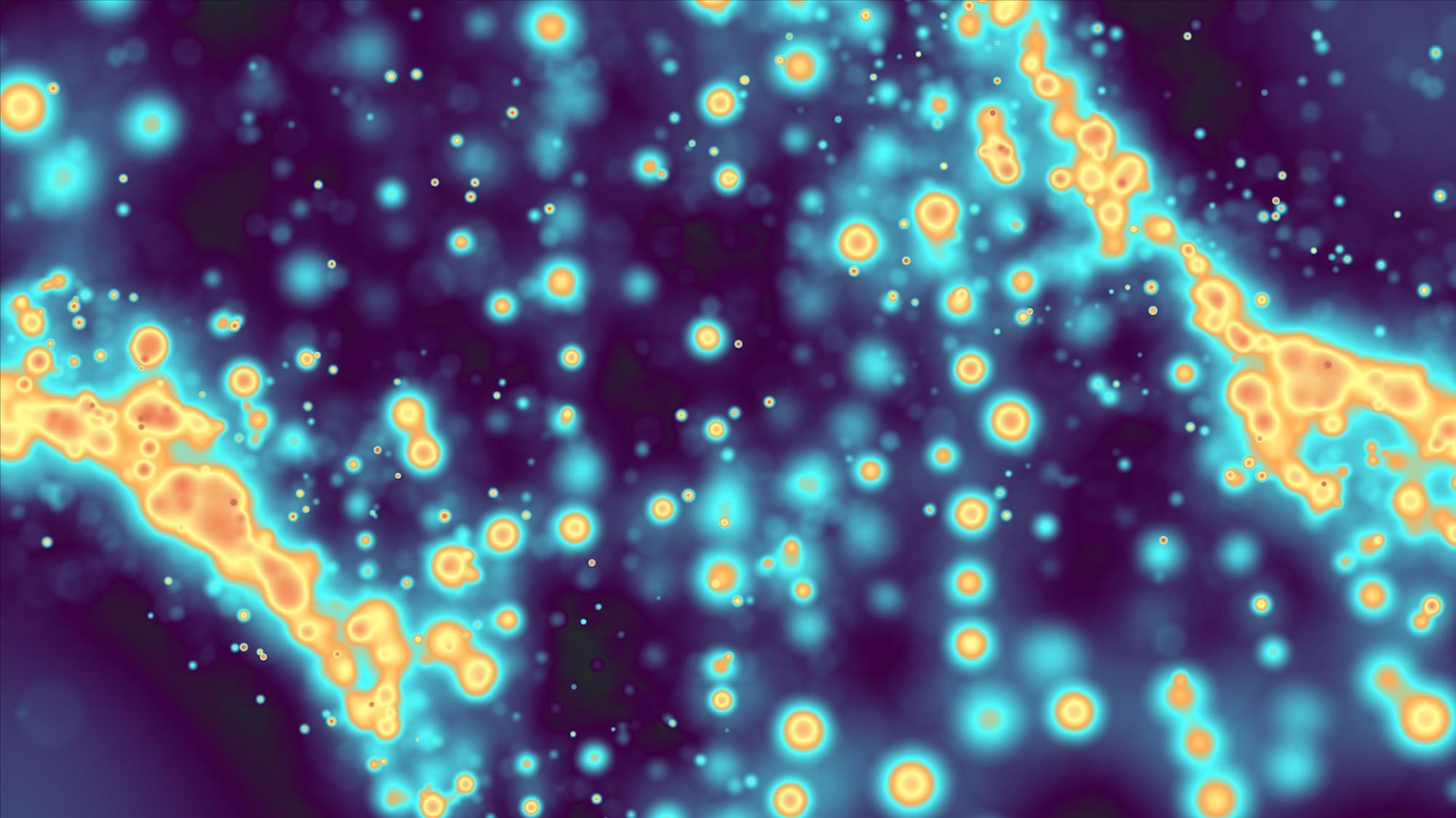The influence of nanoconfinement on nanoelectrochemical procedures, measuring a high number of single entities, and developing more advanced ways of managing potentially huge data are all described in a new review paper in the Faraday Discussions journal from the Royal Society of Chemistry.

Study: Next generation nanoelectrochemistry: The fundamental advances needed for applications. Image Credit: HaHanna/Shutterstock.com
Due to various useful applications in energy and sensing, monitoring electrochemical processes with nanoscale precision is attracting more and more interest.
Because of the size of the electrical double layer, nearly all electrochemical reactions take place at the nanoscale. However, to really comprehend electrochemical properties at the nanoscale, new measuring instruments must be developed that can explore some of the fundamental processes at this level. It also necessitates nanoscale, if not atomic, management over the materials utilized in nanoelectrochemical systems.
Nanoelectrochemical Before Nanoconfinement Explored
Since the creation of new instrumentation sparked the advancement of unified entity electrochemistry to explore single entities, interest in new measuring tools was commonplace. Due to the tiny size of the signals produced by such technologies, two methods of obtaining electrochemical data were developed.
The initial strategy was to employ high-quality semiconductors and transfer electrons. The attraction of the first technique comes from the fact that the only mechanisms involved are electrochemical; however, electronics constrain the instrument's capacity in terms of response time and sensitivities.
The second technique included converting transferred electrons into photons, where advancements in microscopy have enabled the detection of a single photon and electron.
New Instrumentations as a Breakthrough in Nanoconfinement
Nanoparticles could now be chemically synthesized with specified crystal facets, numerous distinct materials exactly positioned in a nanoparticle to simultaneously assist electrochemical processes, a completely ordered arrangement of atoms in a metal, or even single catalytic elements on a substrate.
These novel materials have enabled the creation of electrode contacts at the nanoscale, as well as at the molecular scale, in nearly unprecedented ways.
These revolutionary nanomaterials provided electrochemistry with a plethora of unusual electrode materials and topologies.
Meanwhile, nanoparticle development has evolved to optimize the chemical structure of a nanoparticle or alloying the atom to manage all aspects of the atom in metals or nanoparticle shape to improve activity.
Nanoconfinement was a big part of the electrocatalysis debate, notably with the nanoporous systems discussed and with nanopore detectors.
It is, however, significantly more widespread than those specific instances, being applicable to practically all nanoelectrochemical systems to some extent. This is because even systems as fundamental as a nanoparticle resting on a surface can have an element of nanoconfinement.
Its ionic size is crucial within the nanoconfined conduit to produce the electric double layer or even reach the nanoconfined region.
Limitation on The Research and Future Advancement
To further this field, modeling in the gas, liquid, and solid phases are required. This is because bubbles are common in liquids, not even to mention circumstances wherein gases are used as products and reactants in electrochemical energy conversion processes.
A good comprehension of the gas-liquid-solid functionality and its impact on charge transport and mass transfer behavior for gas-involving electrochemical processes should be prioritized, as it will discuss future electrode materials, outer layer physicochemical properties, and reaction mechanism.
Researchers have demonstrated that the electrochemical modification of fluorescence may be measured. It is believed that Optical microscopy of electrochemical processes and the application of electrochemistry to optics will rekindle enthusiasm in the electrochemistry field.
Because of the stochastic nature of molecules and nanomaterials, many must be studied before common behaviors emerge above normal variation. As a result, multiple measurements are required for the signals to rise above the noise, such as in scanning tunneling microscopy studies of molecule electronic properties and nanoparticle collisions.
Continue reading: Solid Mercury Nanoparticle Synthesis Suggests Sustainable Future for Electroanalytical Chemistry.
Reference
Wu, Y., et al. (2021) Next generation nanoelectrochemistry: The fundamental advances needed for applications. Royal Society of Chemistry Faraday Discuss. Available at: https://pubs.rsc.org/en/content/articlelanding/2021
Disclaimer: The views expressed here are those of the author expressed in their private capacity and do not necessarily represent the views of AZoM.com Limited T/A AZoNetwork the owner and operator of this website. This disclaimer forms part of the Terms and conditions of use of this website.